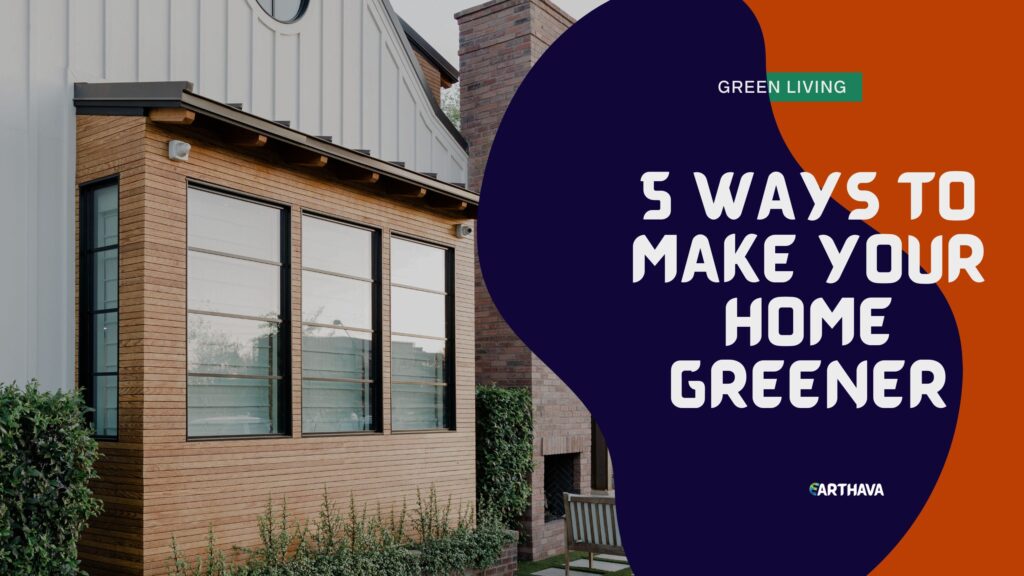With the painfully slow but gradual rise of environmental awareness, an increasing number of people are contemplating the idea of putting in a little more effort and trying to go green. Altering your diet to eat less meat, replacing driving with cycling, and rethinking your consumption are all great ways to start, but making your home energy efficient is a whole new level that pays off tenfold.

Greening your home significantly cuts your impact on the environment. Since a lot of it
Adjusting your thermostat
Your body adjusts to the conditions in your home fairly easily and wearing a sweater inside during summer and a T-shirt during winter is just plain wasteful and unnecessary. Let yourself gradually get used to moderate heating and cooling if you want to reduce your carbon footprint significantly. Using a programmable thermostat can save you up to 10% yearly on energy costs, which is about $180 for the average household. If more people do this one simple thing, the positive effect on the environment will be immeasurable.
Adjusting water-heater temperature settings
A very easy and simple thing to do would be to turn down your water heater since most of that hot water gets completely wasted and you don’t need your tap water to be scalding.
Save a minimum of 6% on your bills by doing this, and when you decide it’s time for a new heater, look for Energy Star models, which save about 7%, or tankless water heaters, which save a neat 10-15%. With installation costs added, they’re not cheap, but it does pay off over time.
Home Improvement
Making your home more energy efficient by doing some repairs and additions can save you up to $570 yearly. The place to start (as this is something that every house usually needs) is by sealing windows and ducts to ensure energy is not being wasted and save on heating and cooling, you can also use DIY draft snakes.
For more complex interventions, such as adding insulation to ceilings, walls, and attics, or overhauling your roof, it’s best to schedule a home energy audit and have professionals tell you what needs to be done and what is the most cost-effective.
Downsizing
The best way to lower your energy use and environmental impact is by simply living in a smaller space. It might sound extreme, but it’s the best option in some cases since many people anyway feel their houses have become too big for them once their children move away.
And the best part is – you don’t have to move out of your home, you can just move into one half of it and rent out the other half. That way, you will cut your energy bills substantially and earn money monthly from renting.
When deciding to downsize, people generally worry about what to do with their possessions in the part of the home that’s being rented out, but this is no longer an issue, thanks to self-storage facilities. We were researching options for storage in Brisbane and found safe and innovative solutions, so undoubtedly there are similar options in other cities and countries.
Installing LED lighting
No lighting is more energy efficient than light-emitting diodes, the key reason being that almost all of the energy they use is emitted as light, as opposed to incandescent lights, which use 90% of their energy as heat. Also, diodes aim light hemispherically, in a specific direction, so much less light is wasted. About 50% less electricity is spent when using LED lighting instead of incandescent, fluorescent, and halogen bulbs. Think of it this way: $1 spent on lighting upgrades pays back $6.
Wrap up
These are some of the major things you could do, but any effort in greening your home is commendable. There are smaller things you could do that still mean a lot and don’t seek much effort, like making your own non-toxic green cleaning products or using power strips for electronics so that you can turn the strip off and not leak energy with gadgets on standby.
Once you get used to it and truly realize all the benefits as well as the full potential of what people can do to help the environment, you’ll get hooked!


